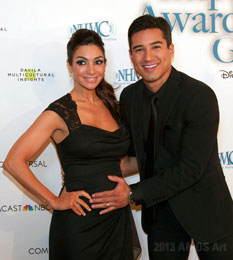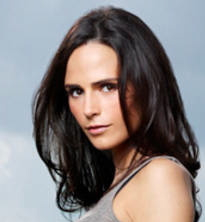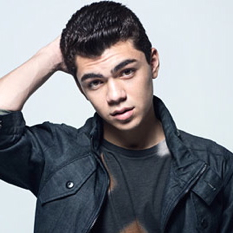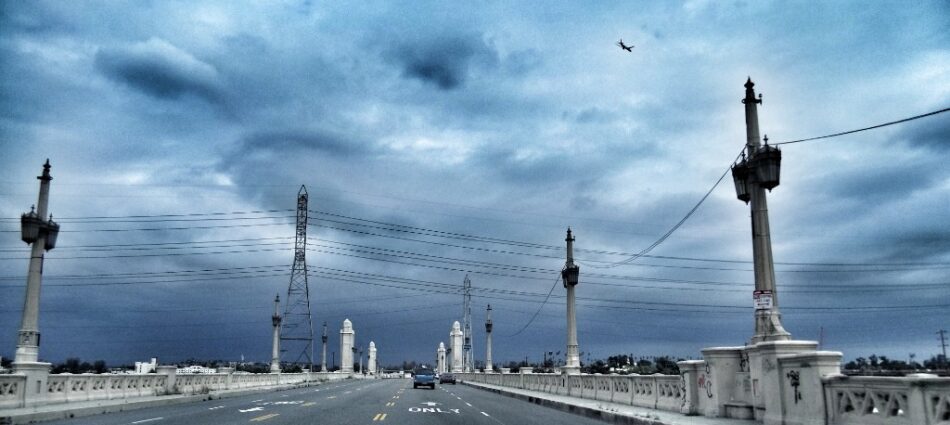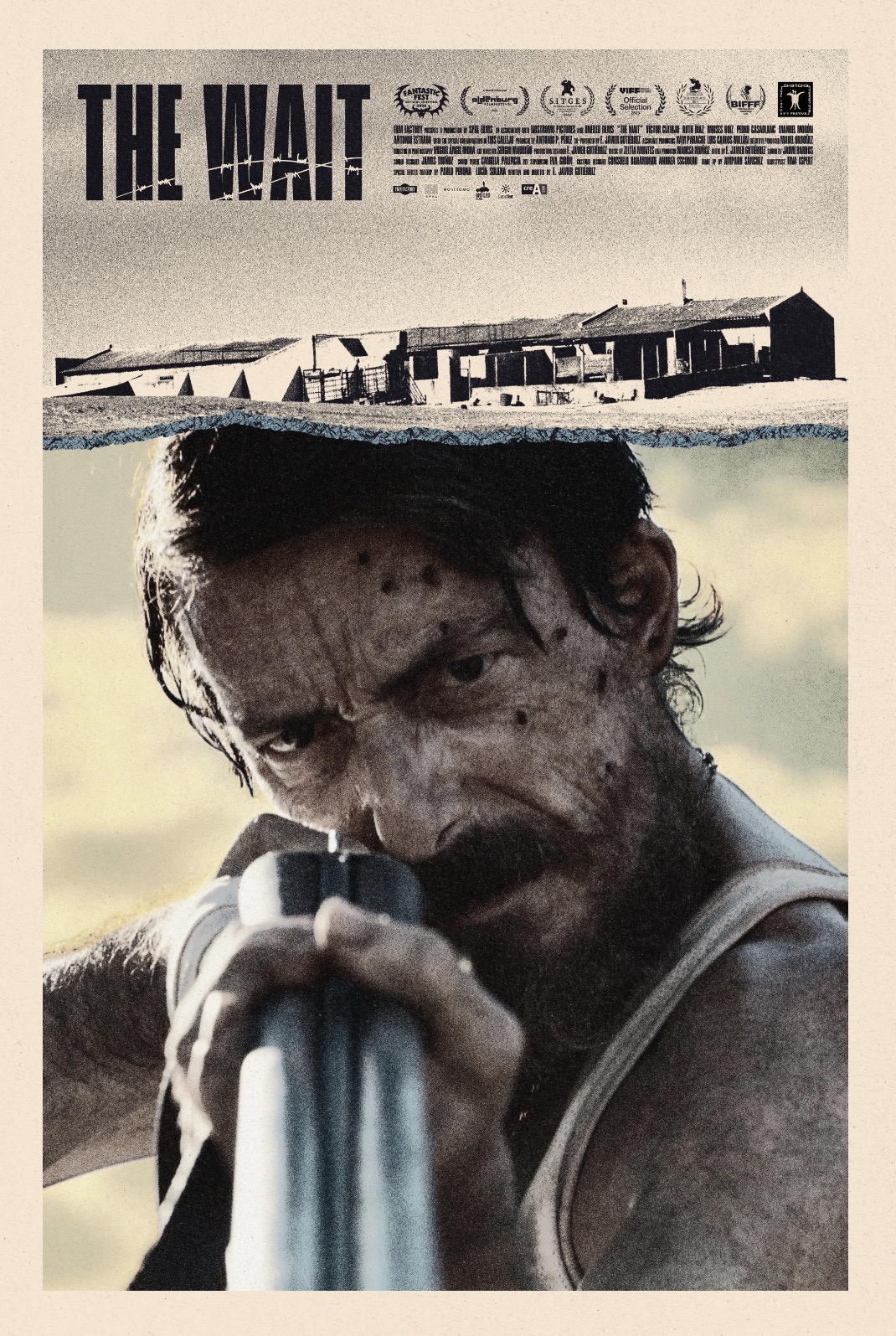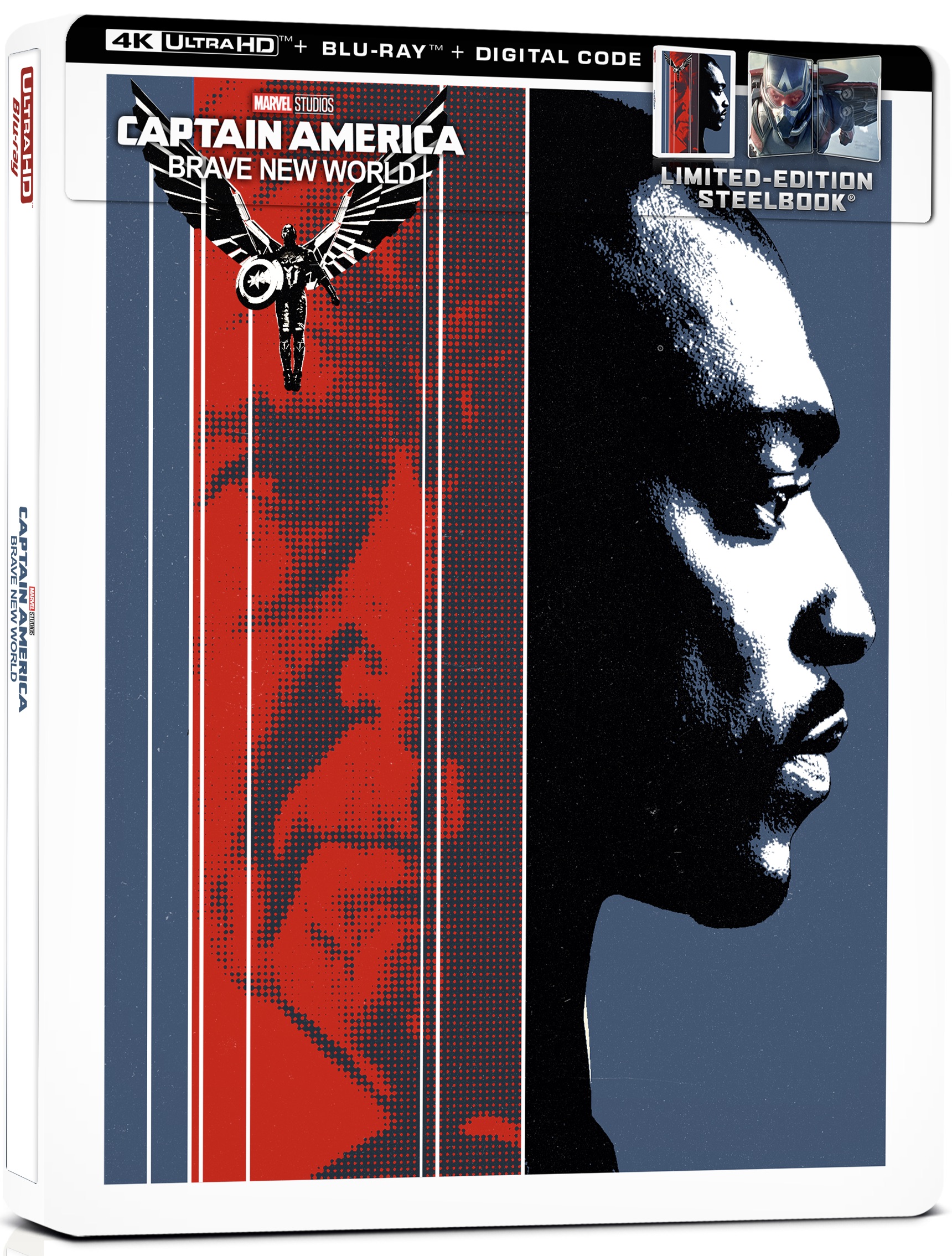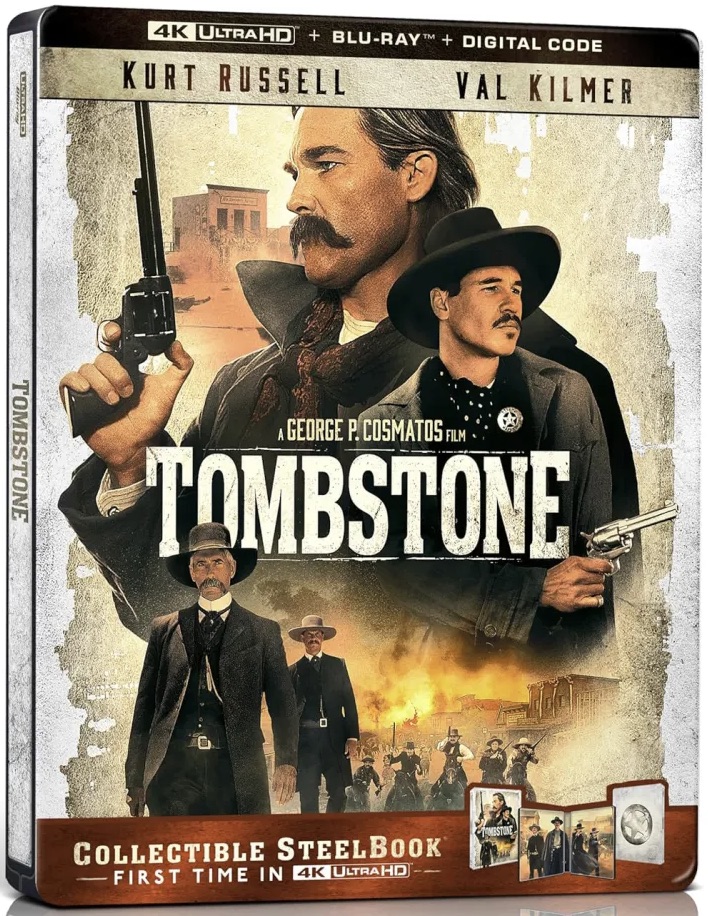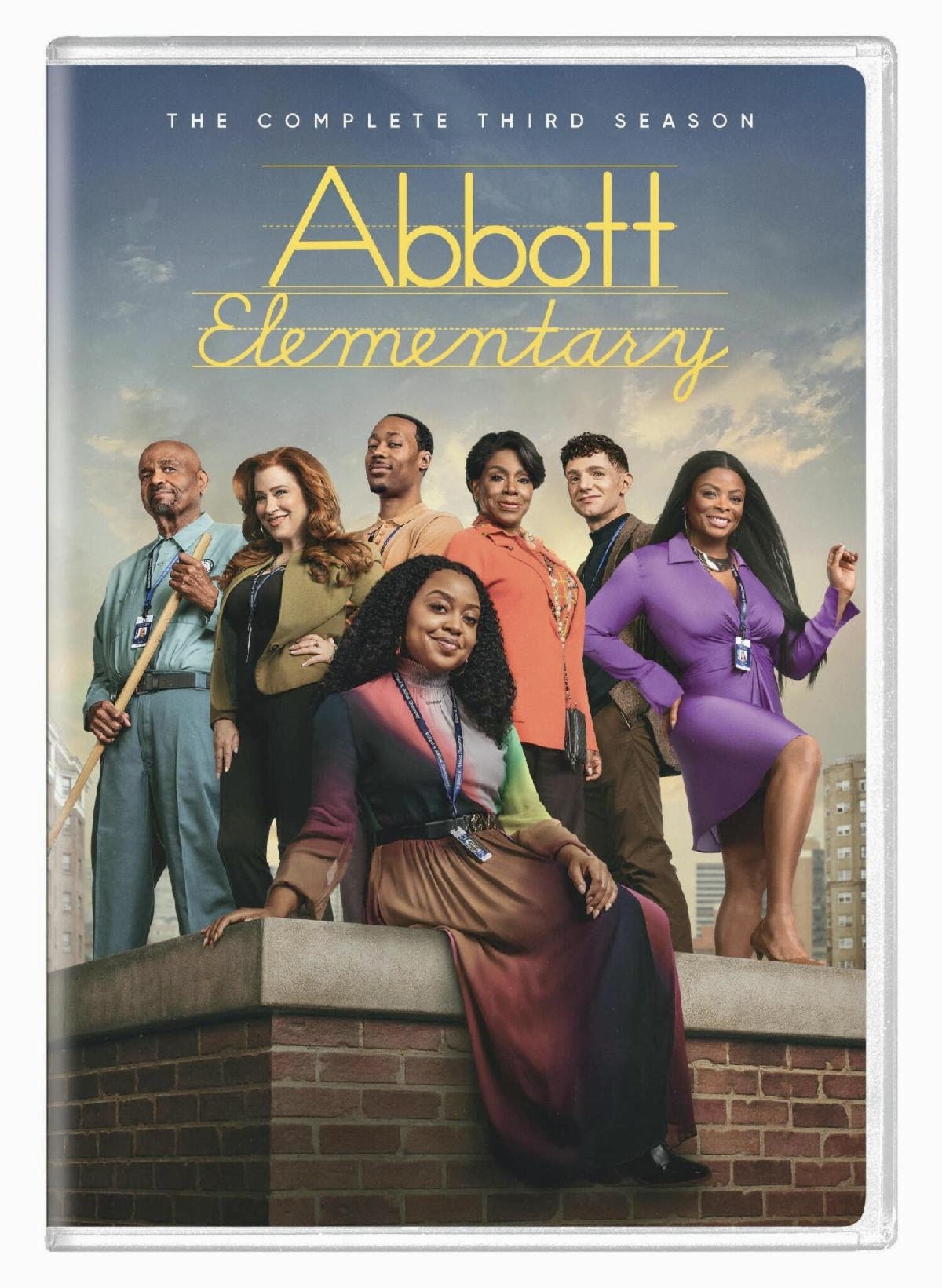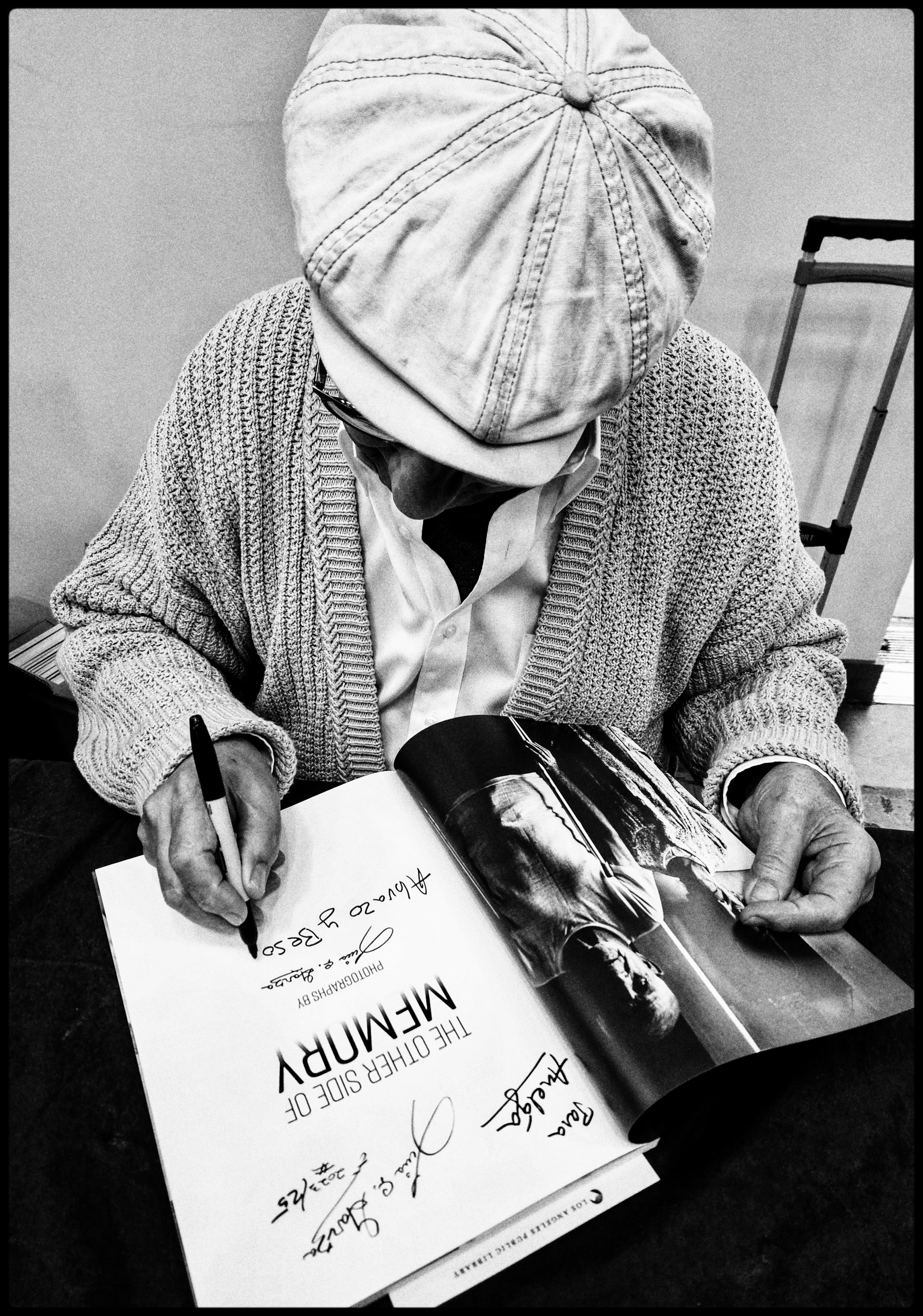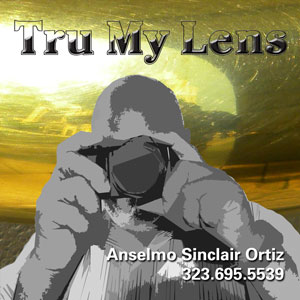
©2012 Angela María Ortíz S.
Carmen Cabana doesn’t look like a cinematographer. She’s not male, she’s not middle-aged, she’s not wearing a Hawaiian shirt…and she’s Latina.
She’s also ridiculously talented for one so young, a dynamo of energy and dedication. A still photographer and painter in her native Colombia, she has been involved in cinematography and in the U.S. only for a few years, but her work displays a confidence and beauty well beyond her years (we have some examples below).
Her “big break”–as she calls it herself–was the lush Cartas a Elena (Letters to Elena), directed by Llorent Barajas. Shot in 2010 and released in 2011, this beautifully made romance won a Premio ACE Award for supporting actress Lorena Velazquez and is competing for the Ariel Awards 2013. The film earned Carmen a host of other projects, including The Boarder, a deeply affecting look at Reactive Attachment Disorder, The Shifting, an urban drama with a surprisingly spiritual twist, and ten more titles, latest one being Bullet an action packed film starring the legendary Danny Trejo. Combine that with a wide range of short subjects and at least 3 films in pre-production, and it’s clear: Carmen Cabana’s career is on a stunning upward trajectory.
We sat down with Carmen a while back and talked to her about her burgeoning career as a cinematographer–and as a Latina and a woman in a branch of the business that is traditionally none of the above.
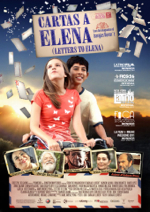
How did it all begin? “Back home in Colombia,” she told us, “I had still photography and painting as my hobby. I’ve always been attracted to conveying emotions symbolically through images. Somehow, in Colombia, I thought I was going to be a fantastic writer, and it was only when I came to the U.S. in 2005 to pursue an official career in video production that I realized: “I suck as a writer.” She laughs about it now–a genuine, infectious laugh that’s central to her personality. “Life just takes you in different paths,” she says, shaking her impressive mass of curly hair.
“I kept getting called in to do cinematography…and among the things I love doing is getting into situations I shouldn’t be getting in. I had just bought my first video camera, because I thought documentaries would be a fantastic and spontaneous way to tell stories visually, so I got myself into a neighborhood packed with gangs and started following a boy, and it came out really good, it gave me my break…but it hasn’t been that long of a career. As a cinematographer, I started working in 2007. I was learning English in 2005.”

On the set of Cartas A Elena
There is a very strong visual style to Carmen’s work–an understanding of the depth of dark and light, shadow as well as color. She does more than simply observe and record what’s in front of her: she enhances it. “That’s from my being a fan of Rembrandt,” she observes, and it’s true: like Rembrandt, her work is strikingly dark, but still filled with depth and detail. She also credits Italian cinematographer Vittorio Storaro (Apocalypse Now, Reds, Ladyhawke) as an inspiration, and the connections are obvious there as well: an almost painterly richness, even if the subject matter is unequivocally contemporary.
Sometimes it’s about enhancing the beauty in front of her. Other times, she admits, about making something from nothing. “Some of the films I have done,” Carmen says, “like The Red House, there was really nothing within the space at all that would make it scary. The location was rather cozy and lovely but the space had great potential. So sometimes my job is the opposite: not enhancing but creating from scratch that which is not there. We use plastics, graffiti; props and we decorated it. We had a beautiful garage with an old Cadillac in it that had to come out, so we could put in elements to make it look like a warehouse where someone was going to be tortured. That’s kind of fun, too.” Read the rest of this entry »
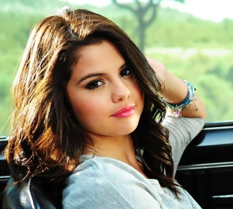 Selena’s making the rounds on the talkies this week–lucky for us! Catch her tonight on Jimmy Fallon, 12:35P on NBC.
Selena’s making the rounds on the talkies this week–lucky for us! Catch her tonight on Jimmy Fallon, 12:35P on NBC.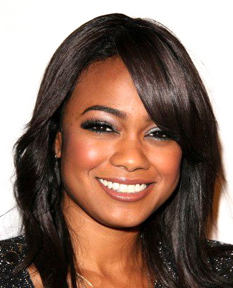 …because apparently everyone else has. It’s not so much the move down-dial to TBS; it’s the weird placement at 10P between reruns of The Big Bang Theory that makes you wonder why they bought it in the first place. But Ian Gomez is there with the rest of the cul-de-sac crew with a new episode Tuesday night.
…because apparently everyone else has. It’s not so much the move down-dial to TBS; it’s the weird placement at 10P between reruns of The Big Bang Theory that makes you wonder why they bought it in the first place. But Ian Gomez is there with the rest of the cul-de-sac crew with a new episode Tuesday night.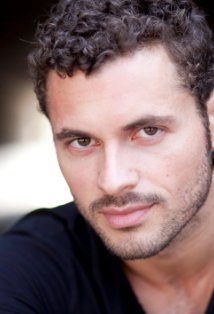 Adan Canto can’t get much more intense, but he keeps trying on FOX’s The Following at 9P. Next, Jon Huertas keeps bringing us back–along with all those other people–to Castle, with a new episode at 10P on ABC. And it’s the season (and probably series) finale for Laz Alonso and the low-rated Deception, 10P on NBC. Then down the dial on ABC Family, watch Francia Raisa on The Secret Life of the American Teenager at 8P.
Adan Canto can’t get much more intense, but he keeps trying on FOX’s The Following at 9P. Next, Jon Huertas keeps bringing us back–along with all those other people–to Castle, with a new episode at 10P on ABC. And it’s the season (and probably series) finale for Laz Alonso and the low-rated Deception, 10P on NBC. Then down the dial on ABC Family, watch Francia Raisa on The Secret Life of the American Teenager at 8P.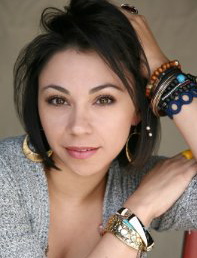 Nice to see Latinos on just about every scripted hour of network programming Sunday night. There’s Lana Parrilla in Once Upon a Time at 8P on ABC, Madeleine Stowe gets more Revenge than ever at 9P on ABC, opposite Makenzie Vega growing up right before our eyes on The Good Wife on CBS. And Leana Chavez (Savages) and Armando Ortega guest-star on The Mentalist, at 10P on CBS while Clifton Collins, Jr. chases the Red Widow on 10P on ABC.
Nice to see Latinos on just about every scripted hour of network programming Sunday night. There’s Lana Parrilla in Once Upon a Time at 8P on ABC, Madeleine Stowe gets more Revenge than ever at 9P on ABC, opposite Makenzie Vega growing up right before our eyes on The Good Wife on CBS. And Leana Chavez (Savages) and Armando Ortega guest-star on The Mentalist, at 10P on CBS while Clifton Collins, Jr. chases the Red Widow on 10P on ABC.




